Feeding the Performance Horse: Nutrition Strategies for Different Disciplines
When it comes to equine athletes, the old saying “you are what you eat” couldn’t be more true. The feed that goes into your performance horse directly impacts everything from energy levels and muscle development to recovery time and career longevity. Just as human athletes tailor their diets to their specific sports, horses in different disciplines have unique nutritional needs that support their particular type of work.
It makes sense that a barrel racing Quarter Horse making explosive runs requires different fuel than an endurance Arabian covering 50 miles in a day. Your dressage warmblood needs different nutritional support than a thoroughbred preparing for race day. One size definitely doesn’t fit all when it comes to feeding the athletic horse.
As riders and horse owners, we often focus intensely on training programs, veterinary care, and equipment – sometimes overlooking the fundamental role nutrition plays in performance. Yet the right feeding program can be the difference between a horse that merely competes and one that consistently performs at its peak.
In this guide, we explore how to develop feeding strategies that align with your horse’s discipline, workload, and individual needs. We will break down the science of equine nutrition into practical, applicable knowledge you can use in your barn tomorrow. We are going to look at:
- Identify the unique energy and nutrient demands of different equestrian sports
- Build a forage-first foundation that supports digestive health and athletic function
- Balance concentrates, supplements, and specialty feeds for optimal performance
- Adjust feeding practices for competition day, travel, and recovery periods
- Monitor and evaluate your horse’s response to nutritional changes
Whether you’re a professional rider, trainer, or dedicated amateur, understanding the nutritional needs of your equine athlete is very important.
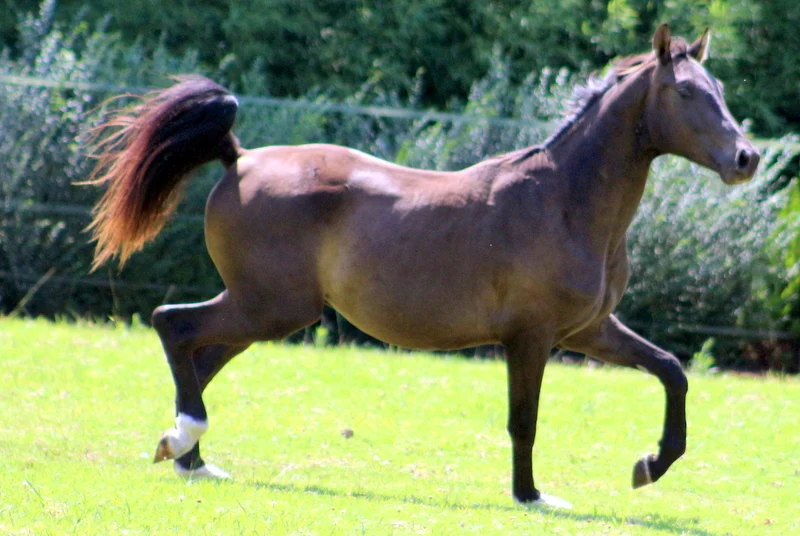
Understanding Equine Nutritional Basics
Before we look at specialized feeding programs for different disciplines, let’s learn about equine nutrition. Understanding how your horse’s body works and what it needs is the first step to making smart feeding decisions.
The Equine Digestive System: A Unique Design
Your horse’s digestive system evolved for constant grazing of fibrous plants, very different to how most performance horses are kept today. Here’s what makes it special:
- Small stomach: A horse’s stomach only holds about 2-4 gallons and empties quickly, which is why small, frequent meals are better than large, infrequent ones.
- Hindgut fermentation: Unlike humans, horses break down fiber in their cecum and large intestine using beneficial bacteria. These microbes convert fiber into usable energy and produce B vitamins.
- Continuous digestion: Horses are designed to eat almost continuously, with digestive enzymes and acids being produced 24/7.
This natural design means performance horses thrive when their feeding program respects their biological needs, even when those needs need to be balanced with the demands of training and competition.
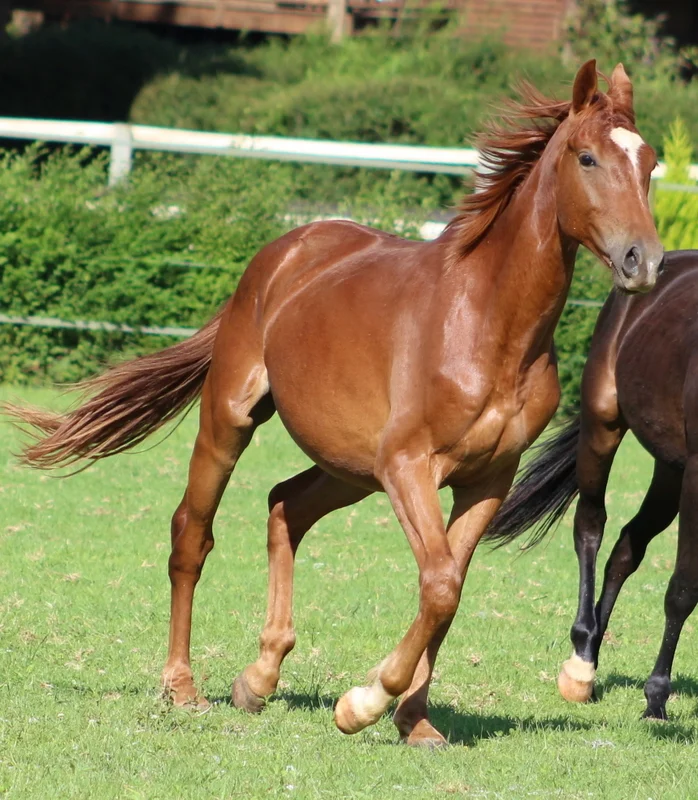
Essential Nutrients: The Building Blocks of Performance
Carbohydrates: The Primary Energy Source
Horses derive energy from both simple carbohydrates (starches and sugars found in grains) and complex carbohydrates (fiber found in hay and pasture). For most disciplines, the majority of energy should come from fiber, with varying amounts of starch depending on workload and metabolic efficiency.
Protein: The Muscle Builder
Protein provides the amino acids needed for muscle development, repair, and maintenance. While often overemphasized, quality is more important than quantity for most performance horses. Look for feeds with high-quality protein sources like soybean meal or alfalfa, which provide essential amino acids like lysine.
Fats: Concentrated Energy and More
Fat provides 2.25 times more energy per pound than carbohydrates and produces less heat during digestion—a significant advantage for horses working in hot weather. Fat supplementation can also help reduce excitability in high-energy horses and improve coat condition.
Vitamins: Tiny but Mighty
These micronutrients support countless bodily functions:
- Fat-soluble vitamins (A, D, E, K): Important for vision, calcium absorption, antioxidant protection, and blood clotting.
- Water-soluble vitamins (B-complex, C): Support metabolism, nervous system function, and tissue repair.
Minerals: The Performance Foundation
Critical minerals for performance horses include:
- Calcium and phosphorus: For bone strength and muscle function, always in the right ratio (ideally 1.5-2:1 Ca:P)
- Sodium, potassium, and chloride: Electrolytes lost in sweat that maintain fluid balance and nerve function
- Magnesium: Supports muscle relaxation and enzyme function
- Trace minerals (copper, zinc, selenium, etc.): Required in small amounts for everything from oxygen transport to immune function
Water: The Most Essential Nutrient
Often overlooked, water is absolutely critical for performance. A working horse can drink 10-15 gallons daily, and even mild dehydration can impair performance and increase injury risk. Clean, fresh water should be available at all times, including at competitions.
Forage: The Nutritional Foundation
No matter what discipline your horse competes in, forage (hay and/or pasture) should make up the majority of their diet—ideally a minimum of 1.5% of body weight daily. For a 1000-pound horse, that’s at least 15 pounds of hay.
Forage provides:
- Fiber for gut health and proper digestion
- Slow-release energy
- Psychological benefits from natural grazing behavior
- A buffer against gastric ulcers
The quality, type, and amount of forage will vary based on your horse’s discipline and individual needs, but it should always be the foundation upon which the rest of the feeding program is built.
Concentrates: Balancing the Diet
Commercial grain mixes, sweet feeds, and performance feeds provide concentrated sources of energy, protein, vitamins, and minerals to complement forage. The amount and type of concentrate needed varies dramatically by discipline, individual metabolism, and workload—from very little for easy keepers to substantial amounts for hard-working thoroughbreds.
In our next section, we’ll explore general principles for feeding performance horses before diving into discipline-specific strategies. The key takeaway: understanding your horse’s basic nutritional needs allows you to make informed decisions as you develop a specialized feeding program for their particular sport.
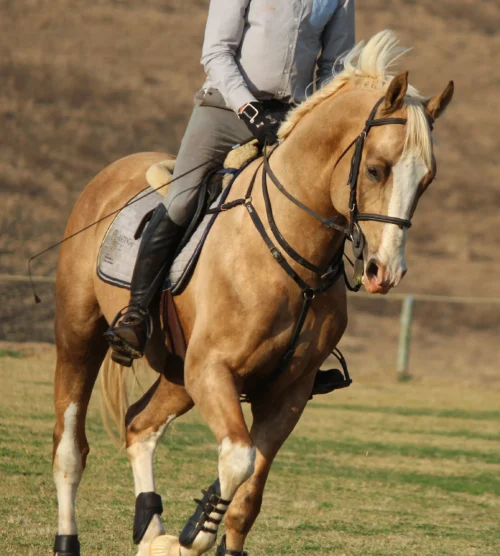
General Principles of Performance Nutrition
Now that we understand the basics, let’s look at how nutrition directly supports athletic performance in horses. While each discipline has specific needs (which we’ll cover next), these core principles apply to all equine athletes.
Energy: Fueling the Athletic Horse
Think of energy as your horse’s fuel tank. Different types of work require different fuels, and understanding these energy systems helps you feed for optimal performance:
Aerobic Energy
This is your horse’s “slow-burn” energy system, used for sustained activity like trail riding, endurance, and the majority of dressage work. It relies heavily on fat and fiber for fuel, produces little lactic acid, and can sustain effort for hours when properly conditioned.
Anaerobic Energy
This is the “quick-burn” system, powering intense bursts like jumping efforts, barrel racing turns, or racetrack sprints. It primarily uses glucose and glycogen (stored carbohydrates) and can only sustain maximum effort for seconds to minutes before fatigue sets in.
Most performance horses use both systems to different degrees. Your feeding program should provide the right balance of slow-release energy (from forage and fat) and quick-release energy (from starches and sugars) based on your horse’s work.
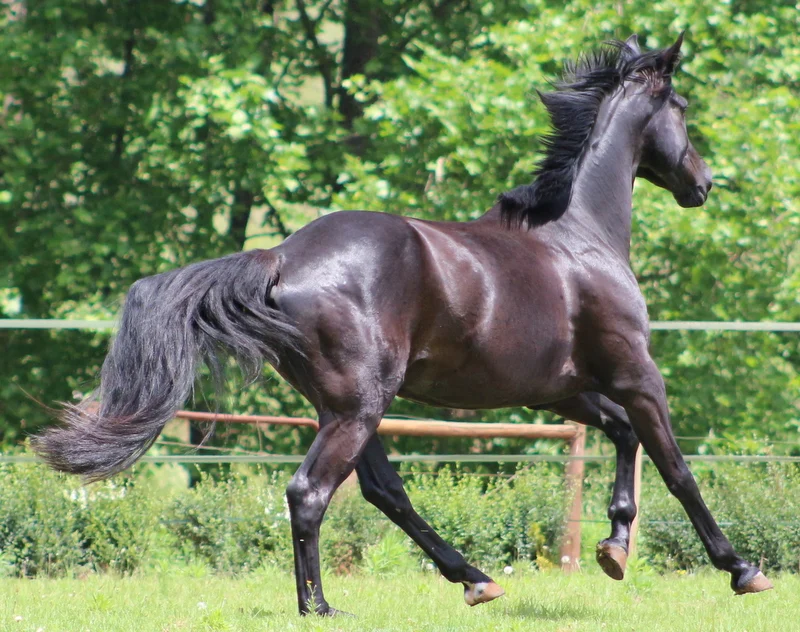
Feeding for Body Condition
The ideal body condition varies by discipline, but most performance horses should maintain a score of 4-6 on the 9-point Henneke scale. This means:
- Ribs not visually obvious but easily felt
- Some fat covering over the shoulder and withers
- Slight fat covering over the topline
Too thin, and your horse lacks energy reserves and muscle. Too fat, and they carry excess weight that hampers performance and stresses joints. Regular body condition scoring helps you adjust feed intake before small issues become big problems.
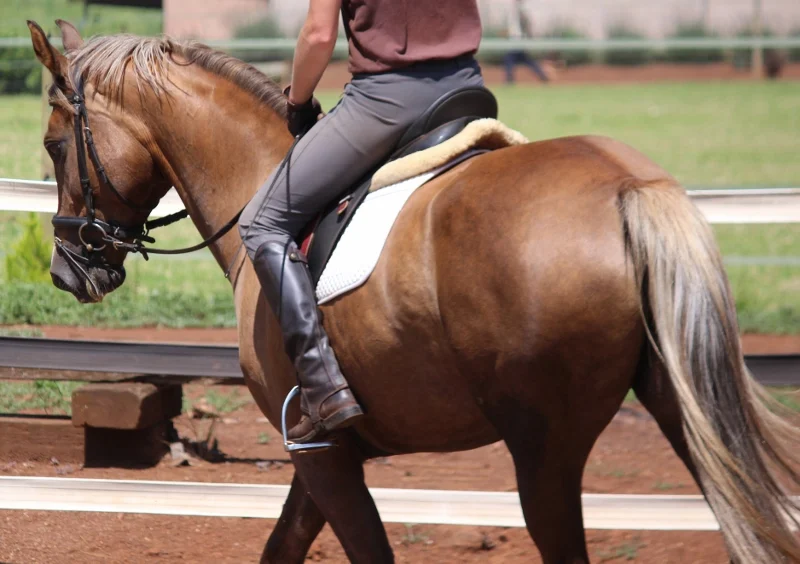
Protein Quality for Muscle Development
For building and repairing muscle, quality matters more than quantity. Most mature performance horses need only 10-12% crude protein in their total diet, but that protein must supply essential amino acids, particularly lysine, methionine, and threonine.
Higher protein needs exist for:
- Young horses still growing (14-16%)
- Horses in intense training developing new muscle (12-14%)
- Horses recovering from injury or significant weight loss
Strategic Vitamin and Mineral Support
Performance horses often need higher levels of certain nutrients than maintenance horses:
- Vitamin E and selenium: These antioxidants help combat exercise-induced oxidative stress and support muscle recovery
- B vitamins: Critical for energy metabolism and often supplemented during intense training periods
- Electrolytes: Sodium, potassium, and chloride lost in sweat must be replaced, especially in hot weather or during intense work
Most commercial performance feeds are fortified, but individual supplementation may be necessary based on your specific situation, forage quality, and competition schedule.
Feed Timing Strategies
When you feed is almost as important as what you feed:
Everyday Feeding
- Multiple small meals: Divide concentrate meals into 2-3 feedings to prevent digestive upset
- Consistent schedule: Maintain regular feeding times to support digestive health
- Forage first: Always provide some hay before grain to buffer stomach acid
Training Day Feeding
- Pre-workout: Avoid large grain meals 3-4 hours before intense work
- Post-workout: Wait until heart and respiration rates normalize before offering water and feed
- Recovery meals: Consider adding electrolytes after heavy sweating
Competition Feeding
- Stick to routine: Major feed changes at competitions invite digestive upset
- Adjust timing: Feed schedule may need to accommodate competition times
- Small meals: Nervous horses may benefit from smaller, more frequent feedings
Hydration: The Performance Multiplier
Even slight dehydration dramatically impacts performance. Train your horse to drink away from home, consider adding electrolytes to encourage drinking at competitions, and monitor water intake carefully during travel and competition.
Managing Common Performance Feeding Challenges
Gastric Ulcers
Estimated to affect over 90% of performance horses, ulcers can be managed with:
- Constant access to forage
- Reduced starch intake
- Multiple small meals
- Turnout time when possible
Tying-Up (Exertional Rhabdomyolysis)
Horses prone to muscle cramping often benefit from:
- Reduced starch and sugar
- Increased fat for energy
- Regular vitamin E and selenium
- Careful electrolyte management
Stress-Related Digestive Issues
Competition stress can trigger colic and diarrhea. Preventive measures include:
- Maintaining forage intake
- Traveling with home water when possible
- Probiotics or prebiotics to support gut health
- Minimizing feed changes
Remember that these principles provide a framework, but each horse is an individual with unique needs. Regular monitoring of weight, performance, energy levels, and manure quality will help you fine-tune your approach to keep your equine athlete at their best.
In our next section, we’ll explore how these principles apply differently across various equestrian disciplines.
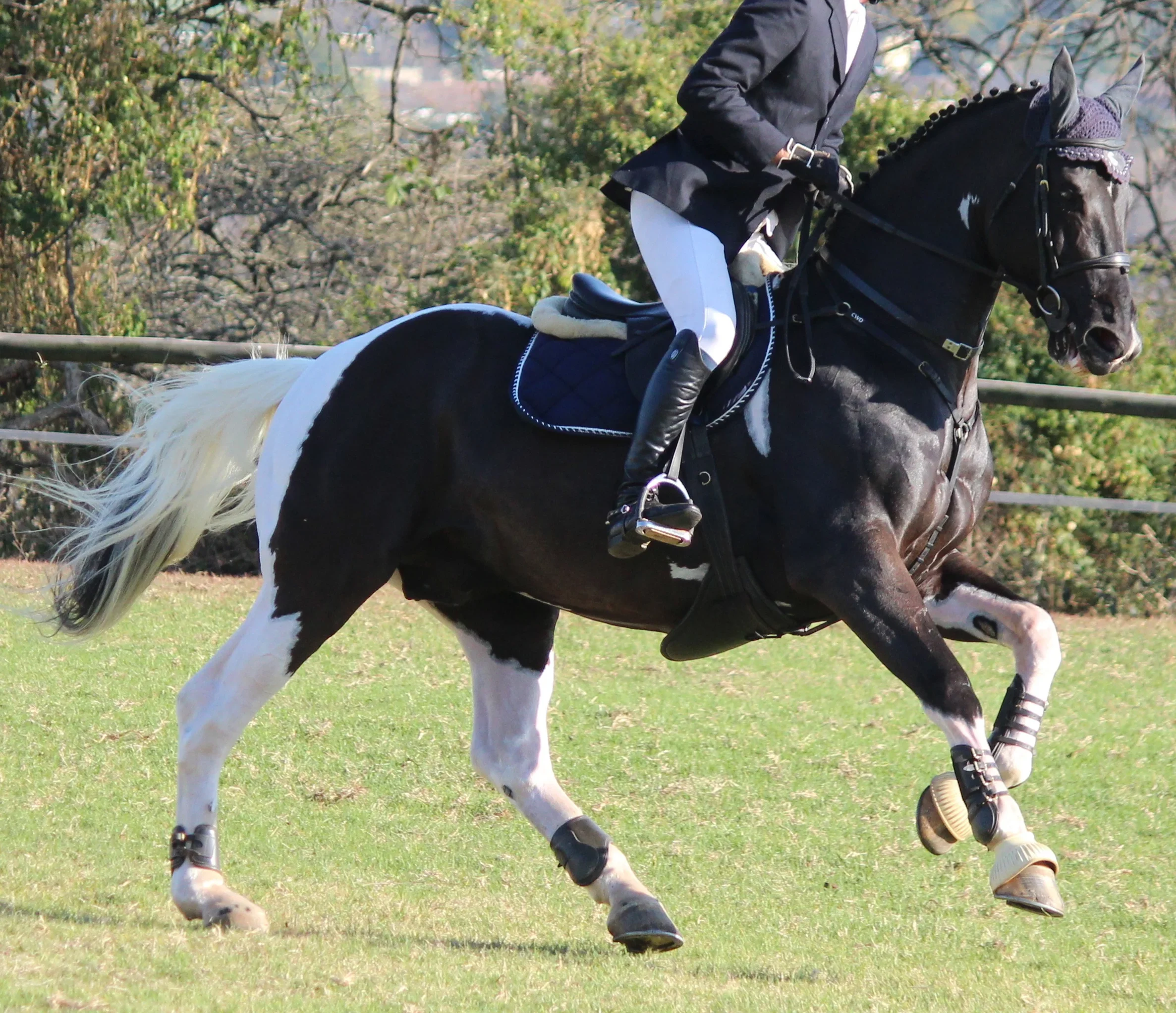
Discipline-Specific Nutrition Strategies
Now let’s get into the specialized nutritional needs for horses competing in different disciplines. Each sport places unique demands on your horse’s body, and your feeding program should support those specific requirements.
Endurance Horses
Endurance riding represents one of the most challenging metabolic tests for horses, with competitions ranging from 25 to 100 miles. These athletes need exceptional stamina, efficient energy utilization, and superior recovery capabilities.
Energy Sources for the Long Haul
Endurance horses rely primarily on aerobic metabolism, which means they need:
- High-quality forage: The foundation of the diet, providing slow-release energy
- Fat supplementation: Up to 10-12% of the total diet, usually through rice bran, flaxseed, or vegetable oils
- Moderate starch levels: Too much grain can cause hindgut acidosis during long rides
- Small, frequent meals: Especially important before and during competition
A typical endurance horse might receive 70-80% of calories from forage, 10-15% from fat, and only 5-10% from grains or concentrates.
Hydration: The Critical Factor
Dehydration is the number one enemy of endurance horses. Proper hydration strategies include:
- Training your horse to drink from unfamiliar water sources
- Adding small amounts of apple juice or electrolytes to encourage drinking
- Monitoring hydration through skin pinch tests and mucous membrane checks
- Offering water frequently during rides and at vet checks
Electrolyte Supplementation
Heavy sweating during endurance rides causes significant electrolyte losses. Implement a strategic electrolyte program:
- Daily electrolyte maintenance during training
- Pre-loading 12-24 hours before competition
- Regular replacement during rides (typically every 1-2 hours)
- Immediate replacement after completion
Recovery Nutrition
After a long ride, focus on:
- Rapid rehydration with water and electrolytes
- Easy-to-digest high-quality forage
- Small meals that gradually reintroduce feed
- Antioxidant support through vitamin E and selenium
Many successful endurance horses thrive on a “less is more” approach to grain feeding, focusing instead on maximum forage quality and strategic fat supplementation.

Racehorses (Thoroughbred/Quarter Horse)
At the other end of the spectrum, racehorses perform at maximum intensity for short periods. Their nutritional needs focus on power, speed, and recovery.
High-Energy Demands
Racehorses in full training typically need:
- 2.5-3% of body weight in total feed daily
- Higher caloric intake with 50-60% from concentrates
- 12-14% crude protein to support muscle development
- Enhanced vitamin and mineral fortification
Specialized Concentrate Feeding
Racing diets typically feature:
- Commercial feeds formulated specifically for performance (14-16% protein, 6-10% fat)
- Multiple small meals (3-4 daily) to prevent digestive upset
- Careful management of starch intake to prevent colic and ulcers
- Supplement support for bone, joint, and muscle health
Managing Gastric Health
With high grain diets, gastric ulcers are extremely common in racehorses. Prevention strategies include:
- Constant access to forage when possible
- Alfalfa hay to buffer stomach acid
- Feeding small meals frequently
- Limiting stressful situations
- Medical intervention when necessary
Feeding Between Races
During layups or between racing seasons:
- Reduce concentrate intake to match lower energy requirements
- Maintain protein quality to support muscle maintenance
- Focus on rebuilding any weight lost during racing
- Address any specific health concerns that emerged during racing
The racehorse diet walks a challenging line between providing maximum energy and minimizing digestive upset. Close monitoring and individualization are essential.
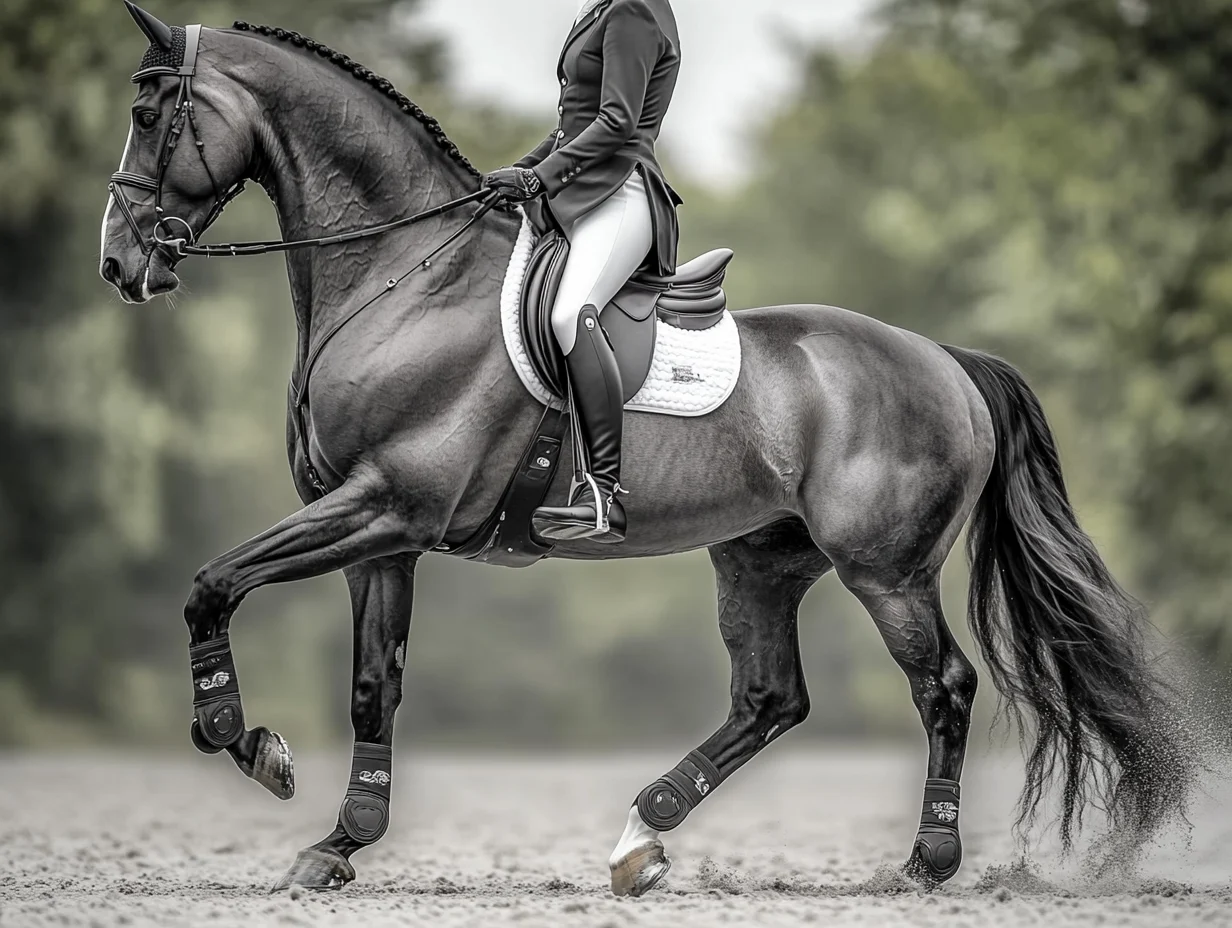

Dressage Horses
Dressage combines athleticism with precision and control. These horses need steady energy, mental focus, and excellent muscle development without excessive excitability.
Balanced Energy for Controlled Power
Most dressage horses benefit from:
- Higher forage proportions (60-70% of the diet)
- Moderate fat supplementation (7-10%)
- Controlled starch intake to prevent “hot” behavior
- Consistent energy levels throughout training and competition
Body Composition Goals
The ideal dressage horse typically shows:
- Well-developed topline musculature
- Moderate body condition (score 5-6)
- Sufficient energy without excess weight
- Clean muscle definition without being ribby
Focus and Trainability
Many dressage trainers favor:
- Low-sugar, low-starch commercial feeds
- Fat supplementation for calm energy
- Consistent feeding schedules to prevent mood swings
- Adaptogens or calming supplements for high-anxiety horses
Long-Term Joint and Tissue Support
With careers often spanning a decade or more, dressage horses benefit from:
- Omega-3 fatty acids for inflammation control
- Targeted joint supplements with glucosamine and chondroitin
- Antioxidant support for muscle recovery
- Adequate but not excessive protein for tissue repair
A successful dressage feeding program prioritizes steady, reliable energy over maximum power, with careful attention to supplements that support long-term soundness.
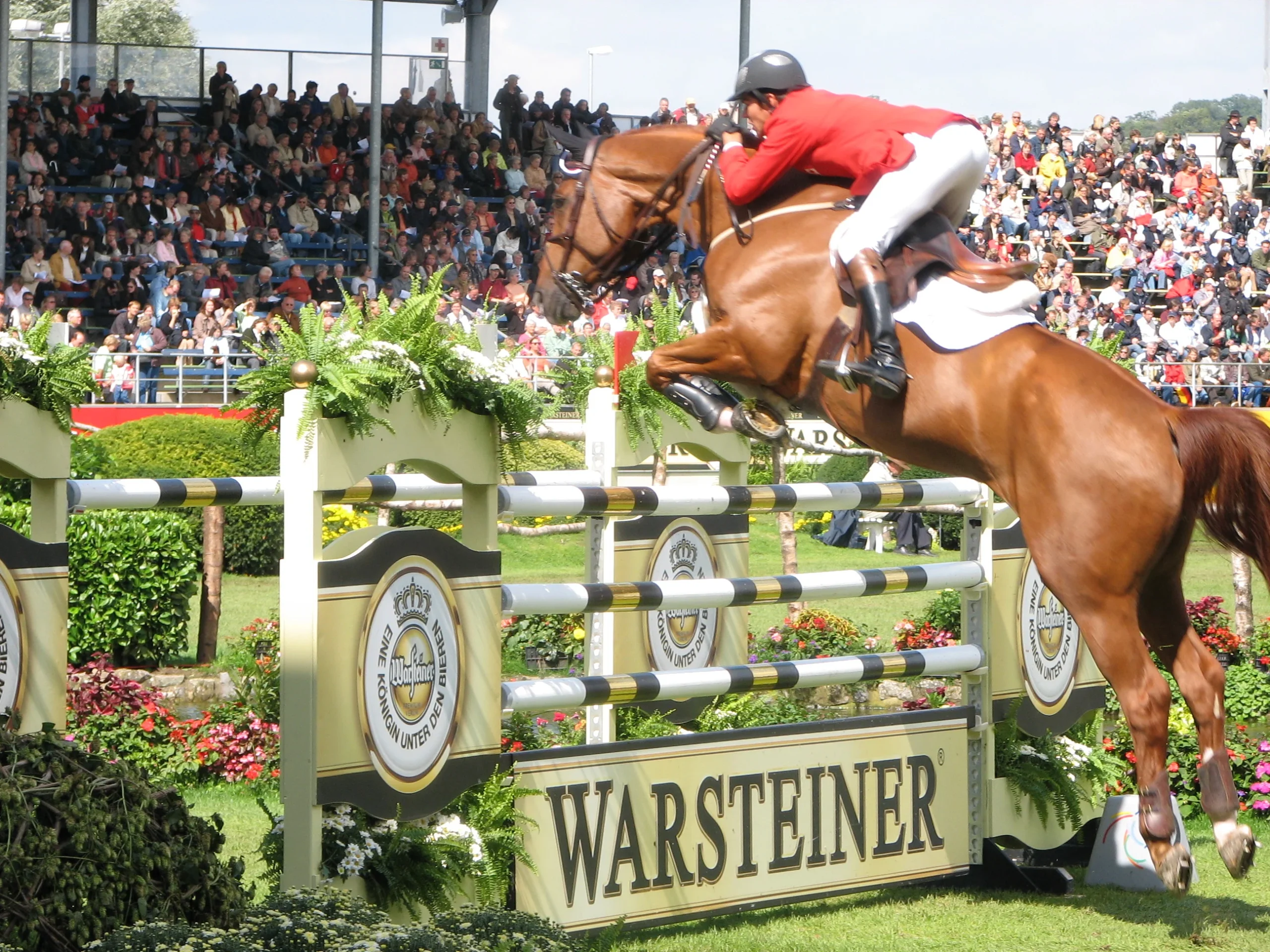
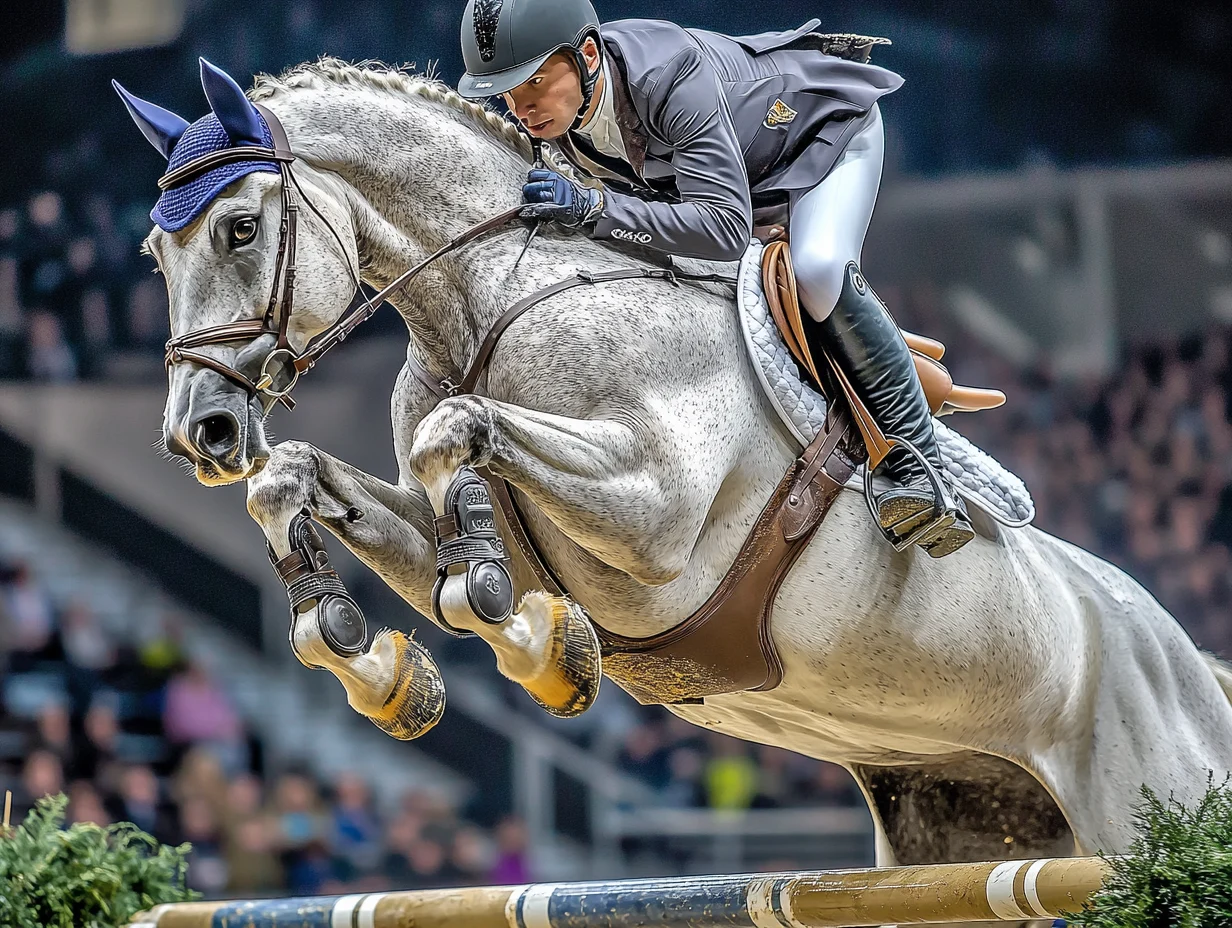
Show Jumpers/Eventers
These athletes need explosive power for jumping efforts, mental focus for technical courses, and in the case of eventers, stamina for cross-country phases.
Energy for Explosive Efforts
Jumpers and eventers typically need:
- Balanced energy sources (50-60% forage, 40-50% concentrates)
- Higher levels of fat (8-12%) for sustained energy
- Quick-burning carbohydrates for jumping power
- Careful electrolyte management, especially on course walks and during three-day events
Bone and Joint Support
With significant concussion from jumping, these horses benefit from:
- Calcium and phosphorus at optimal ratios (always above 1.5:1)
- Trace minerals like copper and zinc for tissue strength
- Vitamin C and MSM for collagen production
- Silicon for bone density and tendon health
Competition-Day Strategies
Many successful competitors:
- Feed smaller concentrate meals before competition
- Provide hay constantly (often in small-hole hay nets)
- Offer easily digestible wet mashes after strenuous phases
- Replace electrolytes between phases for eventers
Recovery Between Rounds/Phases
For horses competing in multiple rounds or phases:
- Small sips of electrolyte-enhanced water
- Quick-absorbing carbohydrates for glycogen replenishment
- Easily digestible fiber sources
- Extended cooldown periods before full meals
Both jumpers and eventers benefit from feeding programs that balance explosive energy with maintainable stamina, with special attention to bone and joint support supplements.
Western Performance Horses
Reining, cutting, barrel racing, and other western events require quick bursts of intense effort, precise control, and excellent response to aids.
Energy for Quick Bursts
Western performance horses typically need:
- Moderate energy density with controlled starch
- 60-70% calories from forage for most events
- Fat supplementation (6-10%) for sustained energy
- Protein quality sufficient for muscle repair (10-12%)
Mental Focus and Trainability
Many western trainers prefer:
- Low to moderate NSC (non-structural carbohydrate) feeds
- Consistent small meals to prevent blood sugar spikes
- Limited sweet feed or molasses-heavy products
- Added fat for steady energy without “hotness”
Body Condition and Weight Maintenance
Most western events favor:
- Moderate body condition (score 5)
- Well-defined muscling, especially in hindquarters
- Sufficient energy reserves without excess weight
- Consistent weight maintenance even during heavy competition seasons
Support for Sharp Movements
The demands of sliding stops, quick turns, and rapid acceleration require:
- Joint support supplements with glucosamine, hyaluronic acid
- Muscle recovery aids like branched-chain amino acids
- Electrolyte replacement, especially in summer competition
- Anti-inflammatory support through omega-3 fatty acids
Western performance horses benefit from feeding programs that provide quick energy without creating over-excitability, with special attention to joint and soft tissue support.
Driving Horses
Whether for combined driving events or pleasure driving, these athletes work in harness and face unique challenges.
Energy for Pulling Efforts
Driving horses typically need:
- High-quality forage as the foundation (60-70%)
- Complex carbohydrates for sustained energy
- Moderate fat supplementation (5-8%)
- Slightly higher protein (11-13%) to support the unique muscle use
Temperature Regulation
Working in harness often means less efficient cooling, requiring:
- Careful electrolyte management
- Hydration monitoring before, during, and after work
- Sometimes lower overall energy density to reduce heat production
- Strategic feeding times to avoid the heaviest work during digestion
Special Considerations
Many driving horses benefit from:
- Higher vitamin E levels to support muscle function
- Specialized neck and shoulder muscle support
- More frequent, smaller meals during competition days
- Extended warm-up and cool-down feeding protocols
A successful driving horse feeding program recognizes the unique stresses of working in harness and provides targeted support for those demands while managing temperature regulation challenges.
Each of these discipline-specific approaches builds on the foundation of solid equine nutrition while addressing the particular demands of the sport. In the next section, we’ll address special considerations that might apply across disciplines.
Special Considerations
Beyond discipline-specific approaches, several common situations require adjustments to your feeding program. Let’s look at how to adapt your horse’s nutrition during these special circumstances.
Seasonal Adjustments
Your horse’s nutritional needs change with the seasons, and smart adjustments help maintain peak performance year-round.
Summer Feeding
When temperatures rise:
- Energy needs may increase 15-25% due to the metabolic cost of staying cool
- Water consumption becomes critical – expect 12-15+ gallons daily
- Electrolyte supplementation becomes essential, especially for heavy sweaters
- Feeding during cooler hours (early morning, evening) helps reduce heat stress
Practical Tip: Add a salt block in summer, but don’t rely on it as your only electrolyte source. Most horses need additional electrolytes during hot weather training.
Winter Feeding
Cold weather brings different challenges:
- Caloric needs increase 10-30% as horses burn energy staying warm
- More hay helps generate internal heat through digestion
- Water consumption often drops, increasing impaction colic risk
- Weight maintenance can become challenging with heavy winter coats hiding body condition
Practical Tip: Check body condition by feeling, not looking. Winter coats can hide significant weight loss until it becomes severe.
Spring Transitions
As pastures grow:
- Introduce fresh grass gradually to prevent digestive upset
- Monitor sugar content in spring grass, especially for metabolic horses
- Adjust concentrates downward as pasture quality improves
- Watch for unexpected energy spikes from rich spring grazing
Practical Tip: Limit initial spring grazing to 15-30 minutes and increase time by 15 minutes daily for a safe transition.
Travel and Competition Feeding
Maintaining proper nutrition away from home can be challenging but is critical for performance.
Before Travel
- Hydrate well 24-48 hours before departure
- Consider adding electrolytes to encourage drinking
- Soak hay cubes as backup forage if quality hay may be unavailable
- Pack familiar feed to avoid sudden changes
During Travel
- Offer water every 4-6 hours during long trips
- Provide small hay meals continuously to maintain gut function
- Reduce grain by 25-50% on travel days to prevent digestive upset
- Monitor manure for early signs of stress or dehydration
At Competition Venues
- Maintain feeding schedule as close to home routine as possible
- Adjust meal timing around competition schedule, not vice versa
- Expect reduced appetite due to stress and excitement
- Have backup feeding options for picky eaters
Practical Tip: Bring water from home or use flavor additives (apple juice works well) to encourage drinking in unfamiliar places.
Managing Common Nutritional Challenges
Gastric Ulcers
This painful condition affects most performance horses at some point. Nutritional management includes:
- Free-choice or frequent access to forage
- Alfalfa hay additions to buffer stomach acid
- Limited starch intake, especially before exercise
- Small, frequent meals rather than large feedings
- Specialized supplements with pectin, lecithin, or sea buckthorn
Practical Tip: If your horse shows signs of ulcers (poor appetite, mild colic after eating, girthiness), don’t just treat symptoms—consult your vet for proper diagnosis and treatment.
Tying-Up (Exertional Rhabdomyolysis)
For horses with recurring muscle problems:
- Reduce or eliminate grain and sweet feed
- Replace with high-fat, low-starch commercial feeds
- Add vitamin E (1,000-3,000 IU daily)
- Ensure adequate selenium (but avoid excess)
- Maintain consistent exercise schedule without sudden changes
Practical Tip: Warming up thoroughly and cooling down properly is just as important as feed changes for horses prone to tying-up.
Weight Maintenance Challenges
For the hard keeper:
- Add calories through fat rather than excessive grain
- Consider beet pulp as a safe, digestible fiber source
- Feed 3-4 smaller meals throughout the day
- Evaluate teeth, parasite control, and overall health regularly
- Consider digestive supplements with prebiotics and probiotics
For the easy keeper:
- Extend foraging time with slow-feeders
- Choose mature grass hay over rich alfalfa
- Limit or eliminate concentrates
- Consider ration balancers to provide nutrients without excess calories
- Implement consistent exercise program
Feeding the Senior Performance Horse
Many horses compete well into their late teens and twenties with proper nutritional support:
- Higher protein quality to maintain muscle mass (14-16% crude protein)
- Easily digestible fiber sources like beet pulp and alfalfa
- Comprehensive vitamin/mineral supplementation
- Additional joint and digestive support
- More frequent dental care to address wear issues
Practical Tip: Senior feeds aren’t just for retired horses. Many active older athletes benefit from senior formulations even while still competing.
Nutritional Support During Injury Recovery
When your performance horse is sidelined:
- Adjust calories to match reduced activity level
- Maintain protein quality to support tissue repair
- Continue joint supplements to protect cartilage during layup
- Consider specific nutrients that support healing:
- Vitamin C for collagen formation
- Zinc for tissue repair
- Omega-3 fatty acids for inflammation control
Practical Tip: Don’t stop all supplements during layup periods. Many are even more important during recovery than during active competition.
Each of these special situations requires thoughtful adjustments to your feeding program. By understanding how to adapt to changing circumstances, you’ll keep your performance horse healthy and ready to return to peak condition when needed.
In our final section, we’ll cover how to practically implement and monitor a nutrition program that works for your individual horse.
Practical Implementation
Now that we understand the principles and specific needs for different disciplines, let’s talk about how to put this knowledge into practice. Creating and maintaining an effective nutrition program doesn’t have to be complicated. Read how much to feed your horse here and use our horse feed calculator for guidence.
Creating Your Horse’s Nutrition Plan
Step 1: Assess Your Horse’s Current Status
Start with these basic measurements:
- Weight: Use a weight tape or scale if available
- Body condition score: Learn the 1-9 Henneke scale and score your horse
- Workload: Honestly evaluate intensity and duration of work
- Health concerns: Note any existing issues (ulcers, metabolism, etc.)
- Current diet: Document exactly what and how much you’re currently feeding
Step 2: Establish Your Forage Base
Remember, forage comes first:
- Aim for minimum 1.5% of body weight in forage daily (15 lbs for a 1000 lb horse)
- Get a basic hay analysis if possible (at minimum, protein and NSC values)
- Choose hay appropriate for your discipline’s needs
- Decide whether to add alternative fiber sources (beet pulp, hay cubes, etc.)
Step 3: Select Appropriate Concentrates
If needed, choose concentrates that:
- Complement your forage (filling nutritional gaps)
- Match your discipline’s energy needs
- Address your horse’s metabolism (easy/hard keeper)
- Provide appropriate protein, vitamin, and mineral levels
Step 4: Consider Strategic Supplements
Be targeted with supplements:
- Address specific, identified needs
- Avoid overlapping ingredients from multiple products
- Start with one supplement at a time to evaluate effectiveness
- Remember that more isn’t always better
Practical Tip: Create a simple chart listing all ingredients across your supplements to avoid expensive duplication or potentially harmful oversupplementation.
Reading Feed Labels and Calculating Rations
Understanding Feed Labels
Most commercial feeds list:
- Guaranteed analysis: Minimum levels of protein, fat, and fiber
- Ingredient list: What’s in the feed, listed by weight
- Feeding directions: Suggested amounts based on weight and work
- Nutritional information: Detailed breakdown of specific nutrients
Learn to look beyond marketing language and focus on the actual ingredients and nutrient levels.
Basic Ration Calculations
You don’t need to be a mathematician, but some simple calculations help:
- Calculate forage needs: Body weight × 0.015 (minimum) = daily forage in pounds
- Estimate total calorie needs: Based on weight, work level, and metabolism
- Determine what forage provides: Based on estimated forage digestible energy
- Fill the gap with concentrates: Additional calories needed ÷ calories per pound of feed = pounds of concentrate needed
Practical Tip: Have a look at our horse nutrition calculator here for guidence on how much to feed your horse.
Monitoring and Evaluating Success
A nutrition program isn’t “set and forget.” Regular monitoring helps catch issues early:
Weekly Observations
- Body condition – is weight stable, increasing, or decreasing?
- Energy level – consistent energy through training sessions?
- Manure quality – consistent, well-formed droppings?
- Water intake – drinking appropriately for weather and work?
Monthly Assessments
- Formal body condition scoring
- Weight tape measurement
- Coat quality evaluation
- Performance review (energy, recovery, attitude)
Seasonal Reviews
- Comprehensive review of entire program
- Adjustment for changing seasons
- Evaluation of supplement effectiveness
- Assessment of hay quality as batches change
Practical Tip: Take dated photos of your horse from standard angles monthly. These visual records help you notice gradual changes that might be missed day to day. Download your free horse food diary here
When to Consult an Equine Nutritionist
Consider professional help when:
- Your horse has multiple health conditions affecting nutrition
- You’re competing at elite levels where small advantages matter
- You’ve tried various approaches without success
- Your horse has specific issues like PSSM, HYPP, or severe metabolic disease
- You’re struggling to maintain appropriate weight despite your best efforts
A qualified equine nutritionist can:
- Analyze your complete feeding program
- Identify imbalances or inefficiencies
- Create a customized plan for your specific horse
- Help troubleshoot problems as they arise
Integrating Supplements Effectively
With thousands of supplements on the market, be strategic:
Start with a Clear Purpose
Ask yourself:
- What specific issue am I trying to address?
- Is this a problem that nutrition can help solve?
- Have I addressed the basics (forage, balanced diet) first?
Evaluate Product Quality
Look for:
- Research backing the ingredients
- Transparent labeling of actual amounts (not “proprietary blends”)
- Good manufacturing practices
- Reputable company with quality control testing
Track Results Objectively
- Set a timeline for evaluation (usually 30-90 days)
- Define specific, measurable outcomes
- Document baseline status before starting
- Avoid changing multiple variables simultaneously
Practical Tip: Keep a simple journal noting supplement changes and observed effects. Include factors like weather and training intensity that might also impact results.
A Final Word: Individualization is Key
Despite all the science and general principles, remember that each horse is an individual. What works brilliantly for one may fail completely for another, even within the same discipline and barn.
The best nutrition program is one that:
- Respects equine digestive physiology
- Meets the specific demands of your discipline
- Adjusts to your individual horse’s metabolism and preferences
- Evolves as your horse’s needs change over time
- Is practical within your time and budget constraints
By combining sound nutritional principles with careful observation of your own horse, you’ll develop a feeding program that supports optimal performance, maintains health, and extends your horse’s competitive career.
Conclusion
Feeding the performance horse is both science and art. The science provides us with guidelines on nutritional requirements for different types of work. The art comes in applying those guidelines to individual horses with their unique metabolisms, preferences, and quirks.
Whether you’re feeding an endurance horse for a 100-mile ride, a jumper for weekend shows, or a dressage horse for consistent training progress, the foundation remains the same: respect the horse’s natural digestive design while meeting the specialized demands of athletic work.
Start with quality forage, add concentrates as needed for your discipline, supplement strategically for specific issues, and then—most importantly—observe your horse and be willing to adjust. With this approach, nutrition becomes not just maintenance but a competitive advantage that helps your equine athlete perform at their very best.
Resources for Further Learning
- Equine Applied and Clinical Nutrition (Geor, Harris, Coenen)
- Basics of equine nutrition
- Nutritional Requirements of Horses and Other Equids
- Horse nutrition essentials
- Extension programs through universities with equine programs
- Certified equine nutritionists (look for advanced degrees in equine nutrition)
- Feed company nutritionists (many offer free consultations)
Nutrition science continues to evolve. Stay curious, keep learning, and your horse will benefit from your commitment to providing the best possible nutritional support.

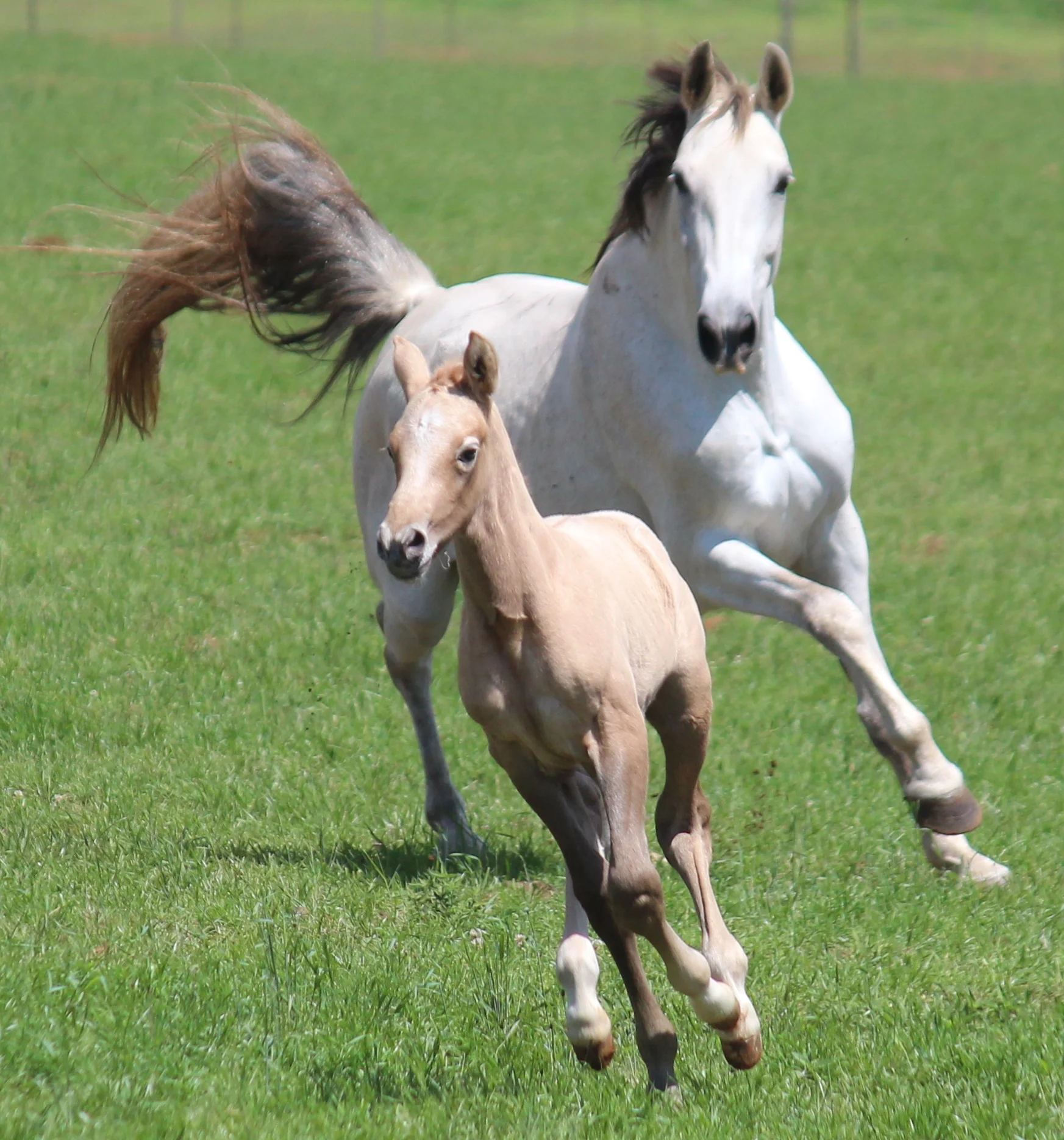
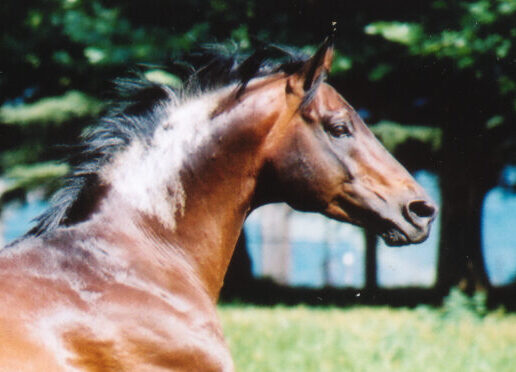
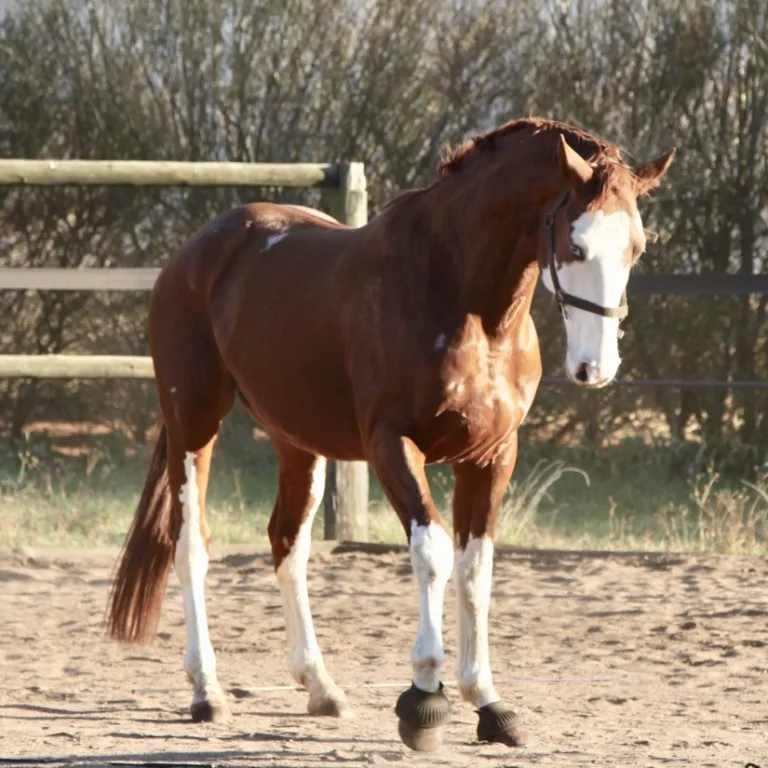
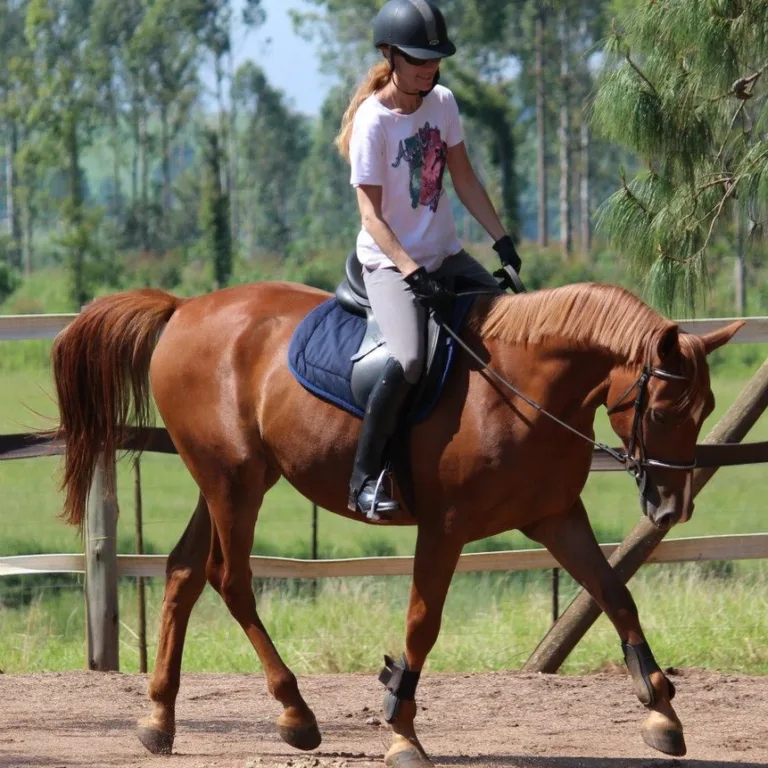
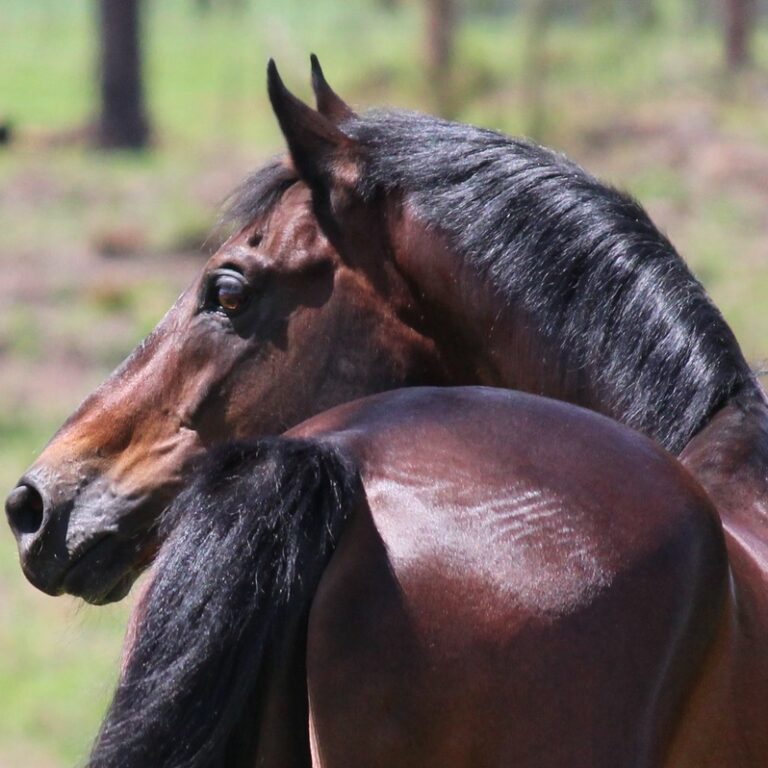
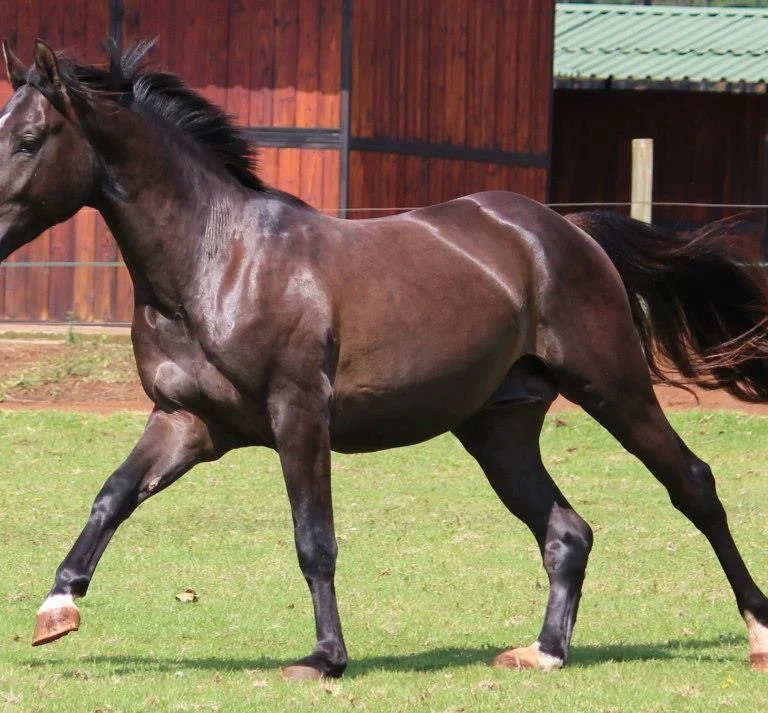
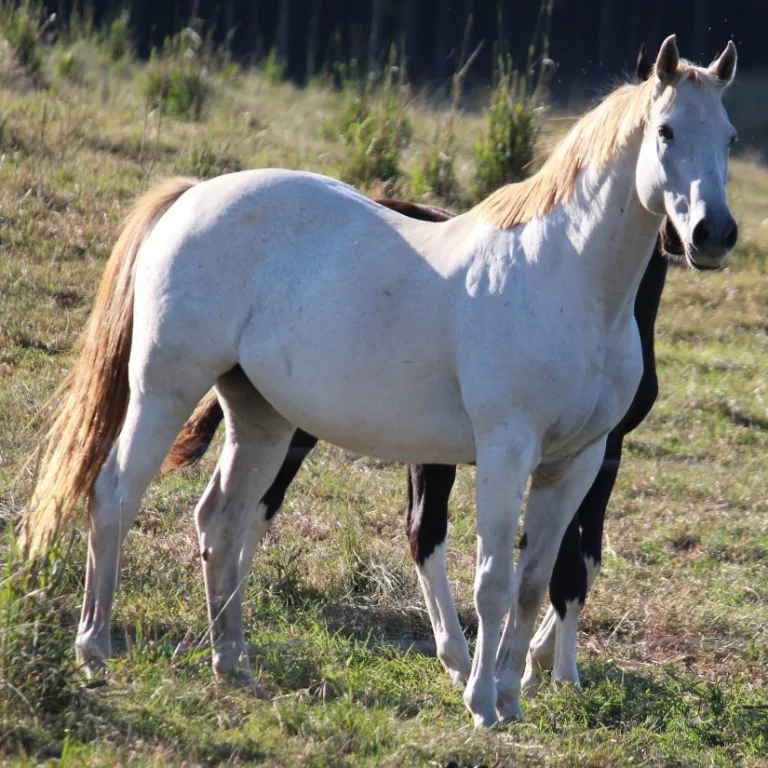
Leave a Reply